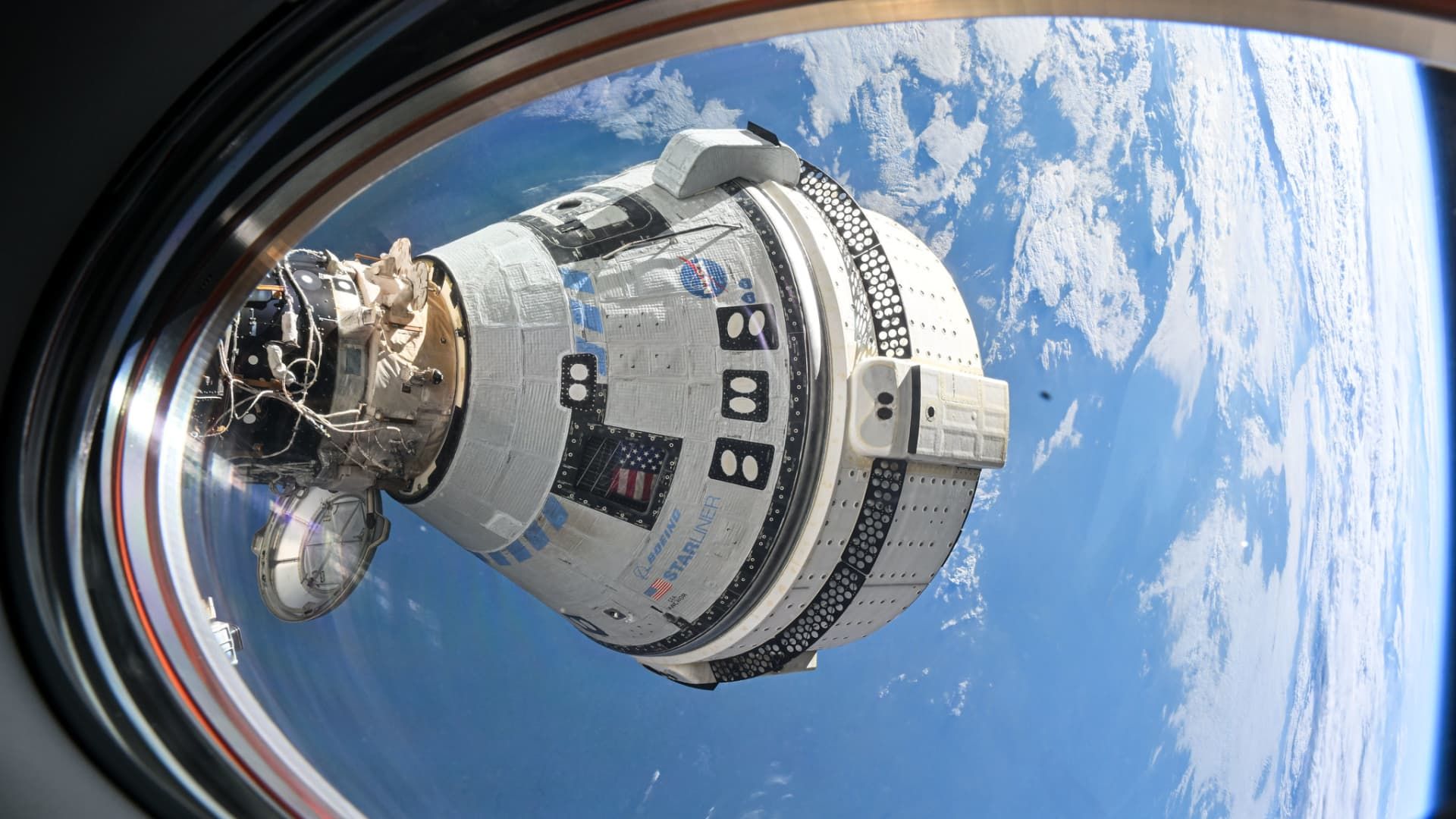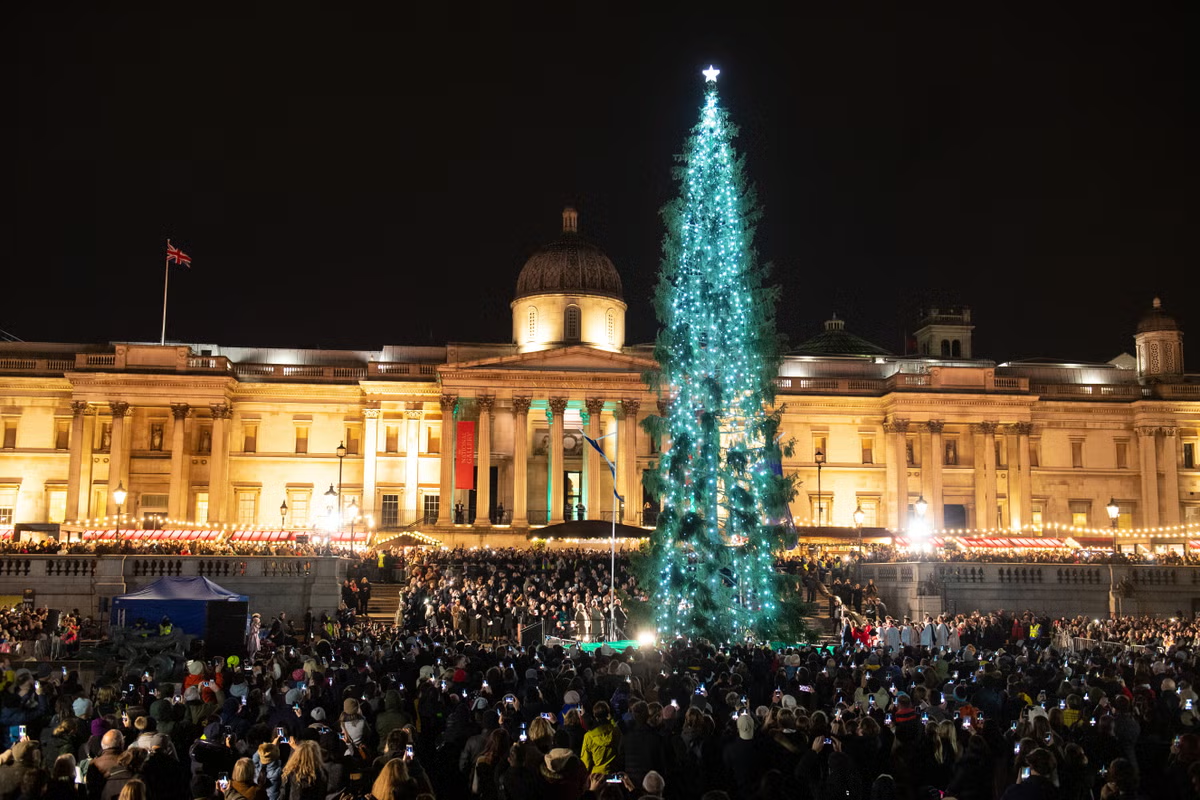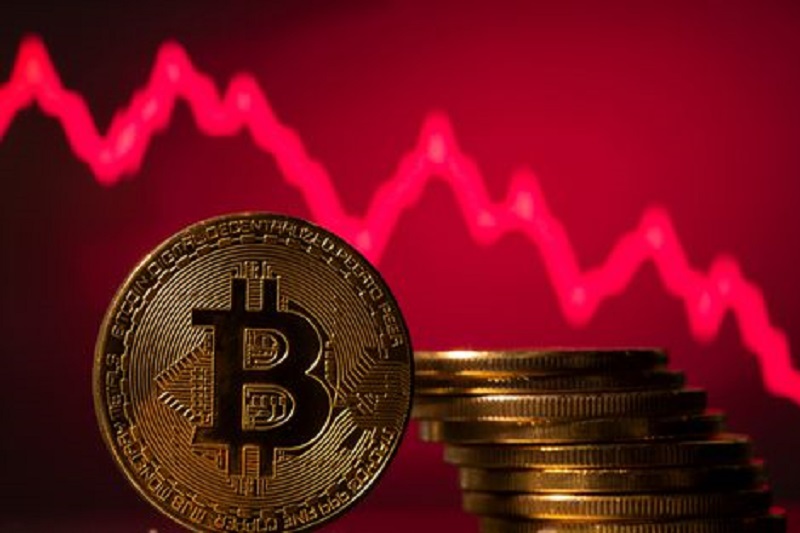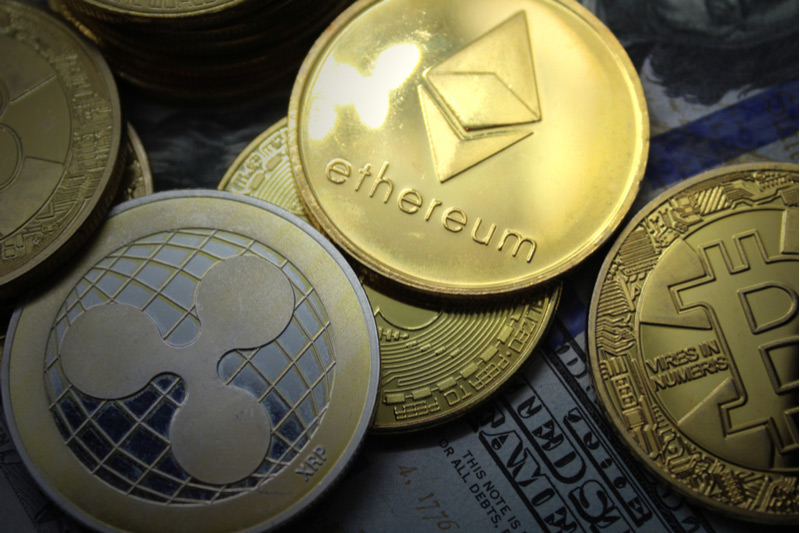The Boeing Starliner spacecraft is seen from the window of SpaceX's Dragon “Endeavour” capsule on July 3, 2024 while docked to the International Space Station during crew flight testing.
POT
BoeingNASA's Starliner will leave the International Space Station on Friday, months after its original scheduled departure date and without the two astronauts it carried into orbit in early June.
Instead, NASA test pilots Butch Wilmore and Suni Williams will remain on the ISS for the rest of the year and return to Earth in February aboard SpaceX's Dragon spacecraft.
The Starliner spacecraft's hatch closed Thursday and is set to leave the space station at about 6 p.m. ET Friday. After undocking, the capsule is expected to take about six hours to return to Earth at a landing zone at White Sands Spaceport in New Mexico.
The undocking process will work slightly differently than it would have with a crew, in an effort to protect the ISS and because astronauts will not be on board to take manual control if necessary, NASA officials said Wednesday.
The return of Boeing's Starliner “Calypso” capsule caps a test flight that ultimately took much longer than NASA had initially anticipated and did not go as planned. The agency delayed the spacecraft's return several times, citing a desire to gather more data on its troubled propulsion system.
The Starliner, which was initially expected to be in space for about nine days, spent about three months on the ISS while Boeing investigated a problem with the capsule’s thrusters. Boeing officials were adamant in press conferences that the Starliner was safe for astronauts to return home on in an emergency, even though they delayed the return several times.
But NASA officials ultimately decided in late August that the agency would send Starliner back empty, saying it wants to “better understand the root causes” of the spacecraft's problems.
The Starliner crew flight test was supposed to be the final step for Boeing and a key addition for NASA. The agency had hoped to have two competing companies (Boeing and Elon Musk’s SpaceX) with the ability to fly alternate missions to the ISS.
Instead, the test flight has set back Boeing's progress in NASA's commercial crew program and, with more than $1.5 billion in losses already absorbed, could threaten the company's future involvement in the program.
This story is developing. Please refresh for updates.








